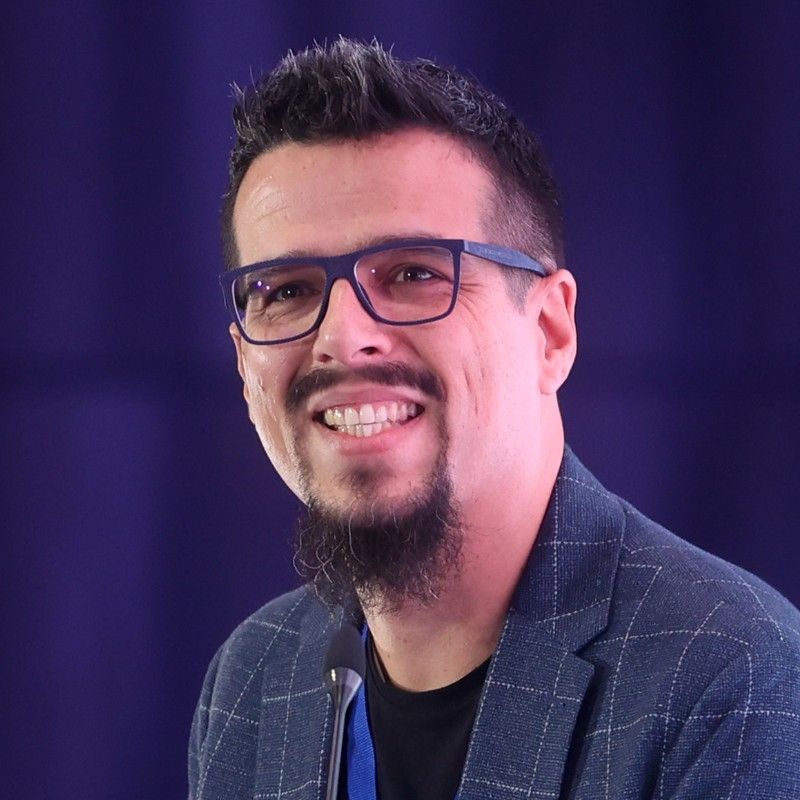Audio Presented by

Generalist with EXP points in leading teams and projects in digital and analog creative endeavors.
Story's Credibility

About Author
Generalist with EXP points in leading teams and projects in digital and analog creative endeavors.

Generalist with EXP points in leading teams and projects in digital and analog creative endeavors.

Generalist with EXP points in leading teams and projects in digital and analog creative endeavors.